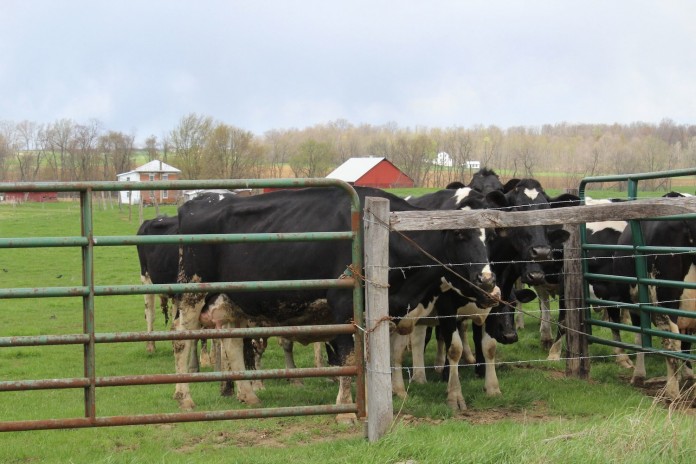Many of us have seen pasture fields with fence running everywhere across them, and may wonder, why go through all that work to graze livestock? Some of us may think it is unnecessary work, but the ones already utilizing rotational grazing see the benefits.
The purpose of rotational grazing is to graze certain sections of pasture and move the cattle before it is overgrazed. This allows the grass to recover and grow back more quickly. It also helps prevent erosion by leaving more plant residue in the field.
Rotations
Livestock tend to eat the young tender growth first and will continue over and over until the plants energy supply to the roots are gone and will eventually die. This will then allow undesirable weeds to take the place of the grass. With rotational grazing, you avoid all this by moving the livestock out of a pasture when grasses are grazed down to 2-3 inches.
This section or paddock will then have time to rest, recover and regrow before you come back around to it. The 6-8 inch range is when you want to allow livestock to graze a new pasture. Rotations will depend on how many acres each paddock is, the animal species and how many head you have grazing.
Basic rotations can be seven days or longer, but some producers prefer three days, daily or even every 12 hours. Of course, having water available to all these paddocks is essential for efficient grazing as well. Try to keep watering facilities to 800 feet or less for this.
Benefits
Rotational grazing can produce more grass on your farm and save you money in the long run. The more grass you have stockpiled, the longer you can graze into the fall and winter months. This will cut down on the amount of hay you need to bale yourself or purchase to feed the livestock.
If you have never tried rotational grazing, I encourage you to do so. Take the time to set up some temporary fence inside your fields and give it a try. The livestock will learn the pattern and move more easily when they know there in fresh grass ahead.













